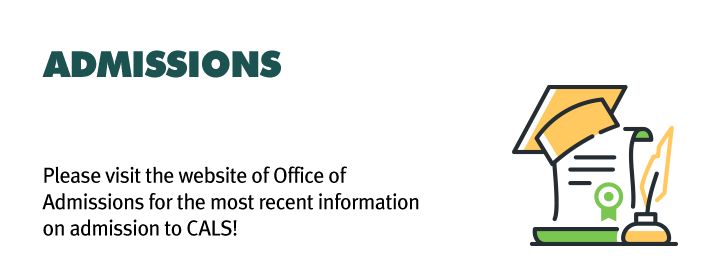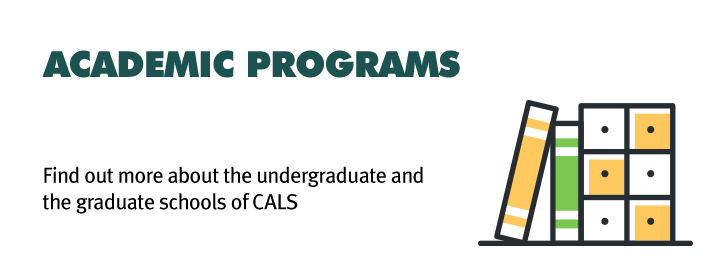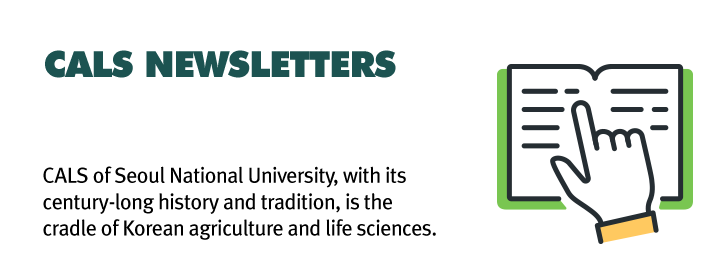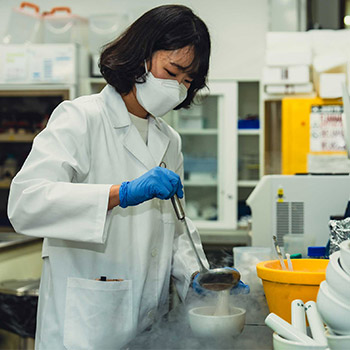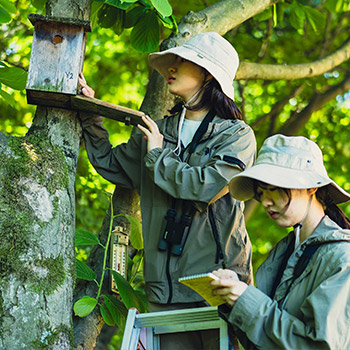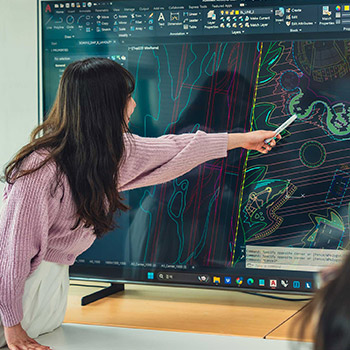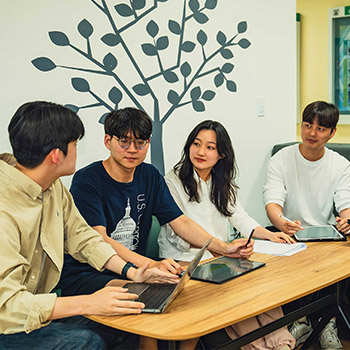There are 17,300 reservoirs in Korea, and yet we still do not have a way of knowing the amount of water that goes in and out of reservoirs. Quantifying reservoir water balance is an essential process for the efficient management of water resources, but water level records are often the only data available for reservoir analysis. Professor Moon-Seong Kang from the Department of Rural Systems Engineering has done research on estimating reservoir inflow and outflow from water level observation using expert knowledge. The study deals with an ill-posed water balance equation in reservoir management. CALS PRESS spoke with Professor Kang about his studies.
Professor Kang's field of study, regional water system engineering, is a study that conducts research on the comprehensive water environment analysis and management of local water resources that combines system engineering. In Korea, efficient management of water resources is especially essential because there is a lot of rain between June and September and relatively little rainfall during other periods. Since agricultural water accounts for 63% of Korea's water resource usage, the management of reservoirs and dams, which are major elements of regional water resources, is very important at the national level. In other words, regional water resource system engineering develops flood warning systems and integrated modeling platforms for responding to climate change based on ICT, big data, and AI technology for efficient management of local water resources.
After modernization, Korea's water management technology has brought about rapid development. However, although the latest analysis technology required for water management has been developed tremendously, the reality is that there is a limit to utilizing these latest analysis technologies due to insufficient data on the most basic agricultural water resources. In particular, among the 17,300 reservoirs, there is no data to measure the inflow into the reservoir. Although reservoir water levels have been measured, it is impossible to interpret the reservoir water equation. Therefore, the reservoir water balance analysis has one equation, which leads to an ill-posed water balance equation that has two unknown values: inflow and discharge. The study was undertaken to effectively predict the inflow and outflow and solve the ill-posed water balance equation.
Previous studies (using conventional methods) have estimated the inflow or outflow of ungauged reservoirs using regionalized rainfall-runoff or regionalized reservoir operation. Then, the conventional approaches predict the remaining unknown from the predetermined estimates and mass balance relationships. However, inflow or outflow approximation from regionalized modeling is subject to error and uncertainty due to differences in unique watershed characteristics and lack of measurement data. Therefore, in the study conducted by Professor Kang, the negative equation was converted into a correction equation for a specific section using expert knowledge on reservoir operation, and the negative equation was solved by reconstructing continuous inflow and discharge data in connection with hydrologic modeling technology.
The people who use the reservoir water level data the most are fishermen, not farmers or government officials in charge of reservoir management. Reservoirs are used for various purposes such as agriculture, industry, and household water, but paradoxically, the people who use the reservoir water level data the most are the people who go fishing in reservoirs. It isn’t easy to utilize the reservoir water level data for related experts because there is a limit to establishing management measures for efficient reservoir operation using the latest analysis technologies such as hydrology and repair modeling. However, through this study, it is possible to continuously calculate/predict the inflow and outflow of reservoirs by using easily acquired reservoir level data. It was an opportunity for a group of experts to use reservoir water level data for various purposes. Professor Kang stressed that water is the source of life and should be carefully managed. The findings will help create a more accurate and detailed water management plan.

If we interpret natural phenomena as a mathematical tool, we can express various natural phenomena that we cannot experience directly. It analyzes the circulation process of water using modeling techniques that express natural phenomena with mathematical tools. Professor Kang is applying the object-oriented technique as the basis of this modeling technique. The advantage of this technique is that it can easily expand the function of the modeling system while adding objects. Adding objects to the modeling system is similar to adding the robot's functions while attaching arms, legs, and wings to the robot's body. Based on this study, an improved methodology that can predict, evaluate, and manage natural phenomena related to water, and even water quality. A comprehensive water environment analysis and management system of local water resources is planned to be developed. It is also expected to be possible to develop an integrated modeling platform for water environment based on the technology based on the 4th Industrial Revolution.
Professor Kang cited the doctoral dissertation course as the most difficult moment when asked about when he had the most difficulty throughout his life as a researcher. He stressed that the process of experiencing the limit to your abilities is the process of writing a doctoral thesis. Professor Kang told us about his experience of being unable to use the hydrologic/water quality model, which was developed abroad. As he did not know what the problem was, he had to work for months to get over the situation. Eventually, it was found that the basic font of the Korean OS was a problem, and the research could be continued using the English OS. Solving this problem played a minor but key role in the development of domestic models by Korean national institutions.
When asked about what he wanted to say to undergraduates, Professor Kang emphasized the importance of being a good person in preference to the virtues of researchers such as academic passion. Being a person who can always embrace others is very important. Another thing is that students should respect themselves. “Our students are stingy with their pride and respect for their own greatness. I want to be a student who respects and loves himself, and based on this, gives more respect and love to all the world than himself."
Written by CALS PRESS 18th LEE Lana, 18th YOON Jaeyoung


